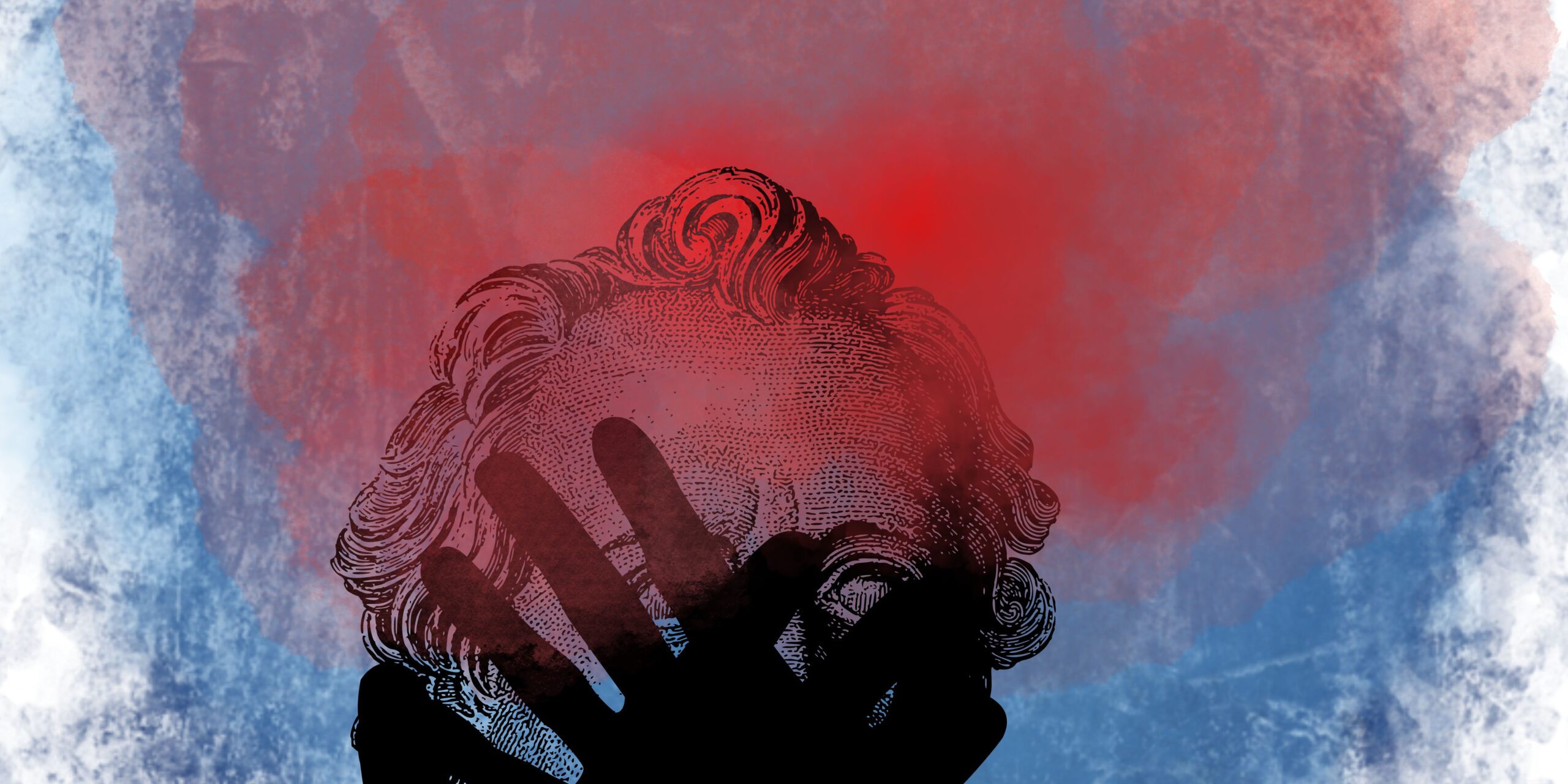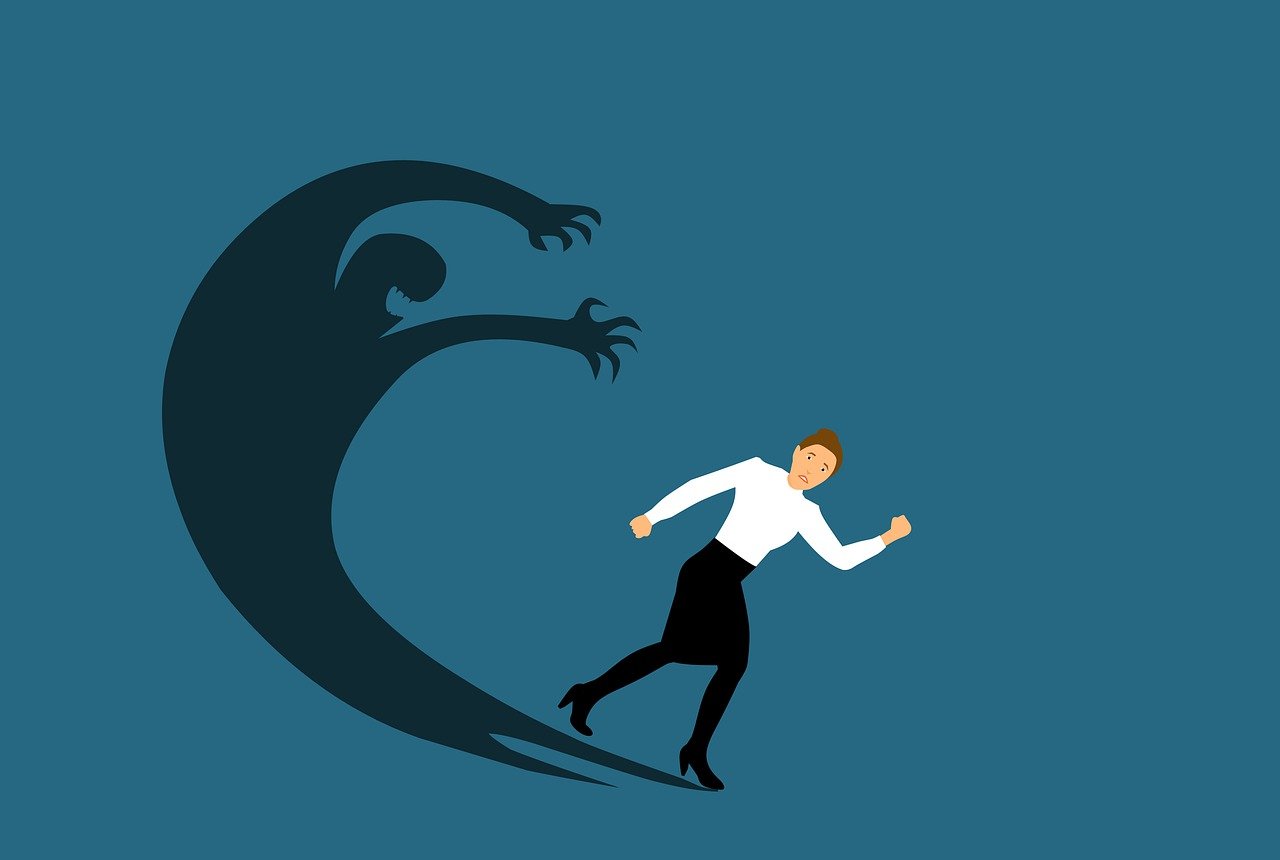A 35 year old male, Paneck was employed as a manager at a beauty salon. This was his 3rd year at the salon and he had had a troubled experience dealing with the recent issues at work. Thanks to the marketing team and the staff’s work, the beauty salon had recently gotten a boom of […]
Categories
Paneck’s Problems at Work


